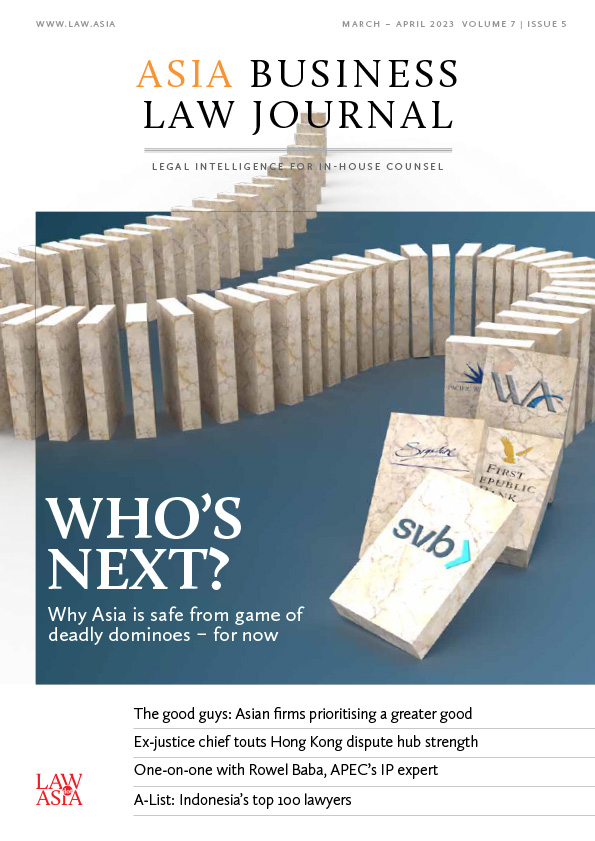Following the promulgation in 2010 of the Circular on Several Issues Concerning Corporate Income Tax Treatment for Corporate Restructurings, known as the No. 59 Circular, which has long been criticized by taxpayers, the Ministry of Finance and the State Administration of Taxation published a series of documents giving specific and detailed guidelines as to income tax treatment of corporate restructurings. Yet taxpayers had a feeling of total disorientation until the State Administration of Taxation issued the Announcement on Several Issues Concerning Administration of Collection of Corporate Income Tax on Corporate Restructurings (the No. 48 Announcement) to replace the preapproval and filing mechanism with subsequent regulation by tax authorities in connection with special tax treatment of corporate restructurings. Implementation and application of the No. 59 Circular has changed radically as a result of this procedural change.

LI RONGFA
国枫律师事务所合伙人
Partner
Grandway Law Offices
According to the No.48 Announcement, companies will be allowed to choose income tax policies for their restructurings at their discretion, as compared with the previous regulations that required them to follow whatever policies the tax authorities may approve in advance. While the new rule provides taxpayers with much more flexibility in applying special tax treatment, it is worth mentioning that it adds burdens and risks to restructuring enterprises. Therefore, enterprises must assess risks appropriately before applying any special tax treatment and take control measures accordingly.
Assessing tax treatment policies and identifying risks at the stage when the corporate restructuring programme is developed. First of all, the enterprise should consider the different tax implications of ordinary and special tax treatments on its restructuring programme. According to the No. 59 Circular, if ordinary tax treatment is applied to the enterprise’s debt restructuring, the gains or losses of restructuring must be recognized in the current period and fair value of the asset involved may be used as its new tax base. On the contrary, if special tax treatment is applied, the enterprise is allowed to recognize part of the gains or losses of restructuring, or it may leave them unrecognized at all, in the current period. The gains or losses to be recognized evenly in coming years will be included as taxable income, or the gains or losses can be recognized on a one-time basis in the future when the asset involved in the restructuring is disposed of or transferred. Therefore, financial considerations have a direct impact on what tax treatment to be selected.
You must be a
subscribersubscribersubscribersubscriber
to read this content, please
subscribesubscribesubscribesubscribe
today.
For group subscribers, please click here to access.
Interested in group subscription? Please contact us.
你需要登录去解锁本文内容。欢迎注册账号。如果想阅读月刊所有文章,欢迎成为我们的订阅会员成为我们的订阅会员。
Li Rongfa is a partner at Grandway Law Offices
北京市东城区建国门内大街26号
新闻大厦7层 邮编:100005
7/F, Beijing News Plaza
No. 26 Jianguomennei Dajie
Beijing 100005, China
电话 Tel: +86 10 8800 4488 / 6609 0088
传真 Fax: +86 10 6609 0016
电子信箱 E-mail:
lirongfa@grandwaylaw.com





























